What Is A Pony Car? It’s more than just a cool-sounding name; it represents a significant chapter in automotive history. At CARS.EDU.VN, we help you understand the essence of pony cars, their historical context, and the iconic models that defined this exciting era. Discover how these vehicles blend style and performance, and explore their enduring legacy. Get ready to learn all about pony cars, muscle car origins, and classic car appreciation.
1. The Origin Of The Pony Car: A Brief History
The pony car emerged in the mid-1960s as a distinct class of American automobiles. These vehicles are characterized by their long hoods, short rear decks, and sporty styling. The pony car was designed to appeal to a younger generation of drivers who sought a blend of performance and affordability. The creation of the pony car was aimed to provide car enthusiasts with iconic vehicle designs combined with an appreciation for a classic car.
1.1. The Birth of an Icon: Ford Mustang
[
The Ford Mustang, introduced in April 1964, is widely regarded as the first pony car. Its success was immediate and overwhelming, setting the stage for other manufacturers to follow suit. The Mustang offered a unique combination of sporty design, customizable options, and an affordable price tag, making it a hit with the youth market.
1.2. Defining Characteristics of a Pony Car
Pony cars typically include the following attributes:
- Sporty Design: Long hood, short deck, and sleek lines.
- Affordable Price: Designed to be accessible to a younger demographic.
- Performance Options: Available with a range of engines, including powerful V8s.
- Compact Size: Smaller than traditional muscle cars, offering better handling.
- Customization: A wide array of options and accessories for personalization.
1.3. The Pony Car Market Heats Up
Following the Mustang’s success, other automakers quickly jumped into the pony car segment. General Motors introduced the Chevrolet Camaro and Pontiac Firebird, while Chrysler launched the Plymouth Barracuda and Dodge Challenger. Each of these models brought its unique flavor to the market, further popularizing the pony car concept. The sales figures in the table below reflect the popularity of pony cars during the golden era:
| Model | Peak Sales Year | Sales Volume |
|---|---|---|
| Ford Mustang | 1966 | 607,568 |
| Chevrolet Camaro | 1967 | 220,906 |
| Pontiac Firebird | 1968 | 107,112 |
| Plymouth Barracuda | 1969 | 31,987 |
| Dodge Challenger | 1970 | 76,935 |
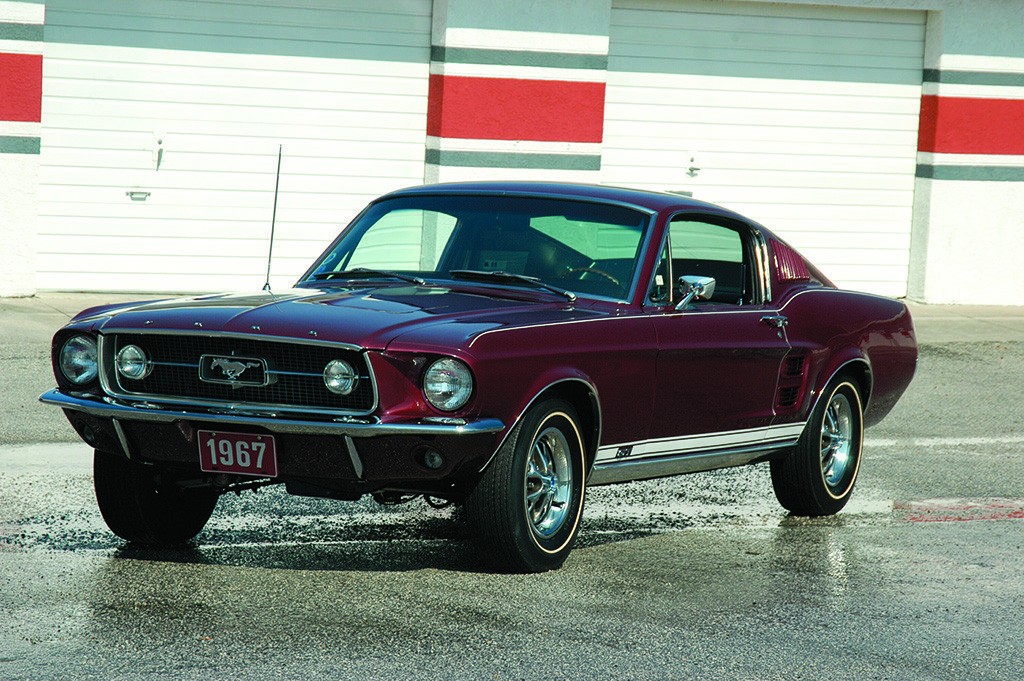
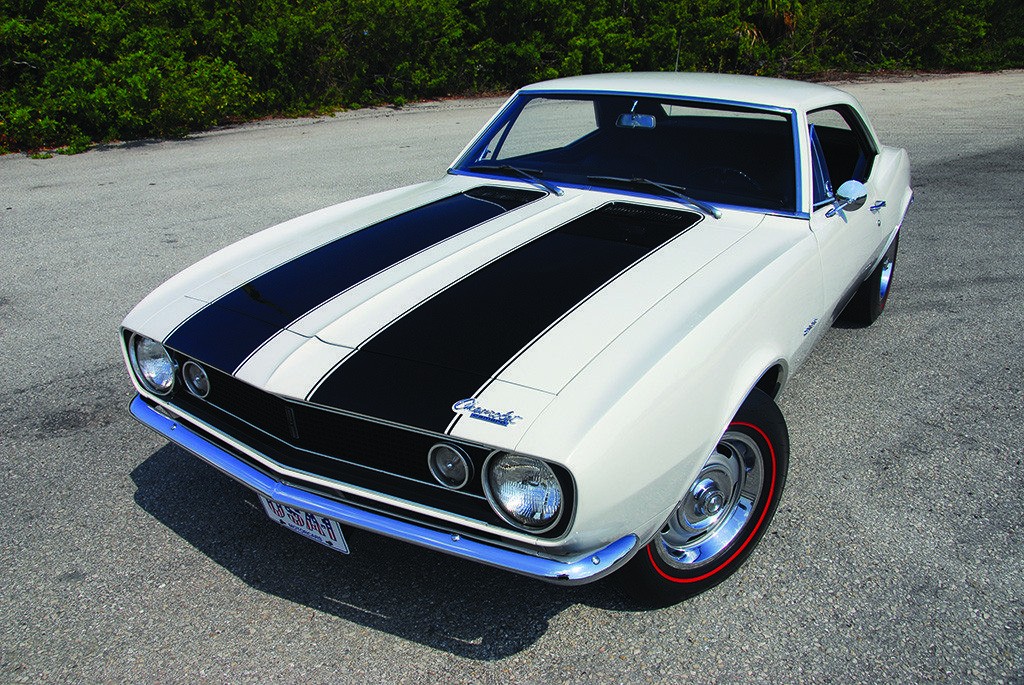

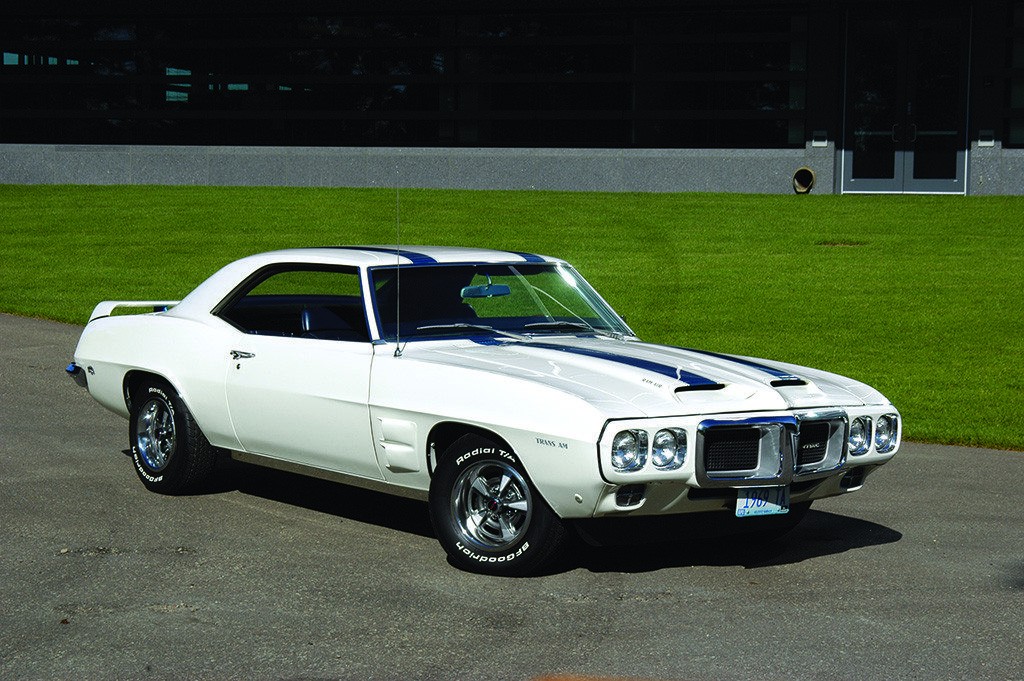
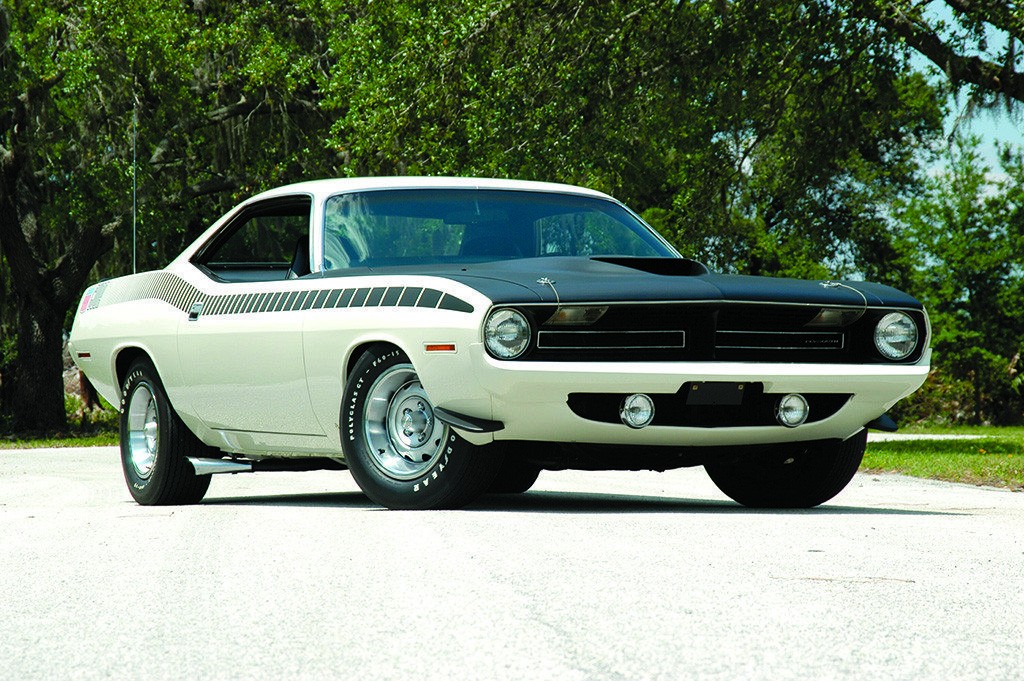
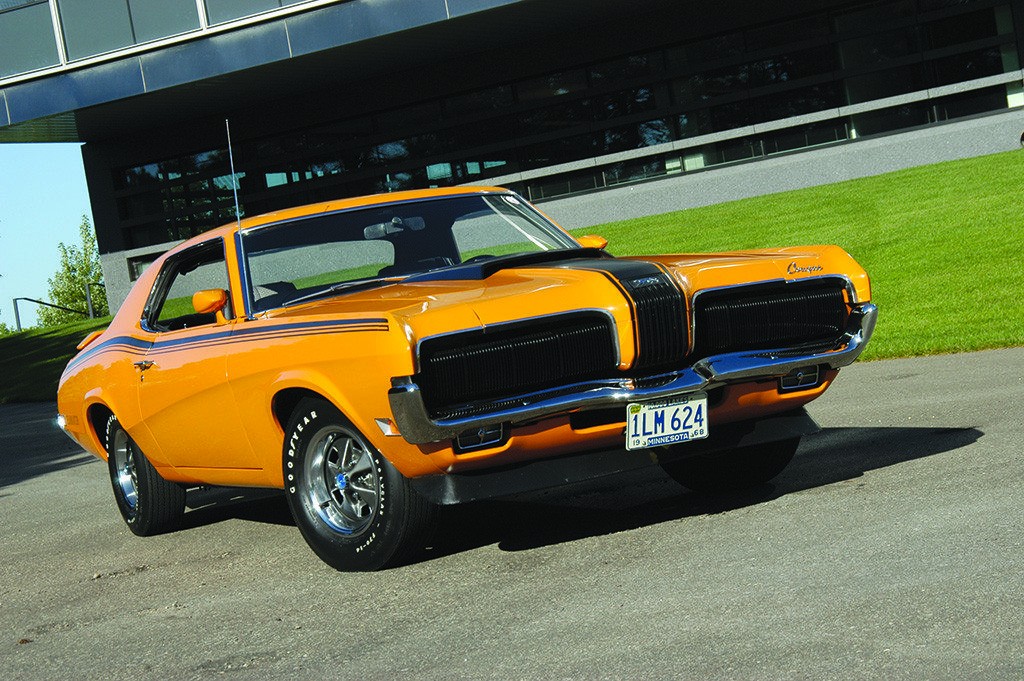
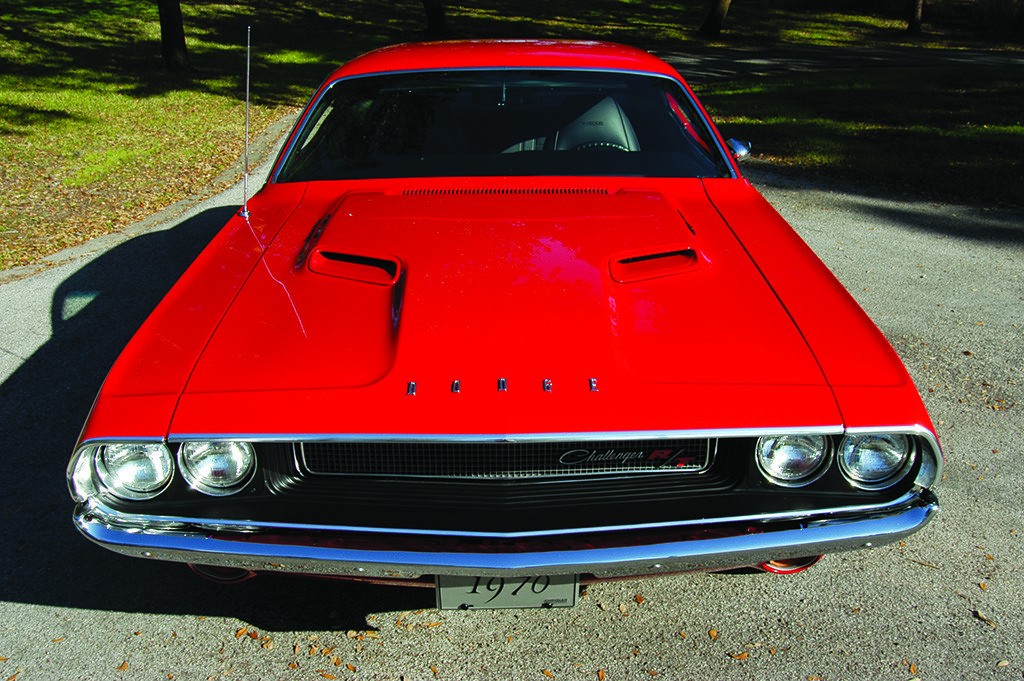
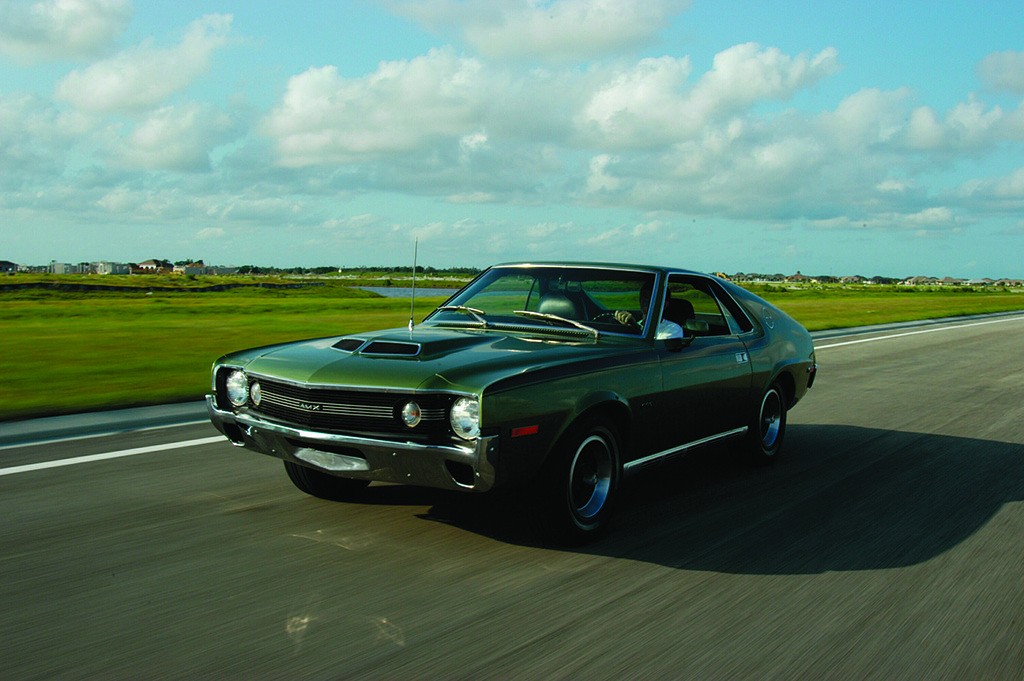
1.4. The Trans-Am Influence
The Sports Car Club of America’s (SCCA) Trans-Am series played a significant role in the pony car’s evolution. This racing series, which gained immense popularity in the late 1960s and early 1970s, featured pony cars battling it out on the track. Manufacturers like Ford and Chevrolet used Trans-Am to showcase their vehicles’ performance capabilities, further fueling the pony car craze. This competition was the ticket for brands to establish dominance.
2. Key Pony Car Models: A Closer Look
Several iconic models defined the pony car era. Each brought unique characteristics and contributed to the segment’s overall appeal. Let’s take a closer look at some of the most significant pony cars ever produced.
2.1. 1967 Chevrolet Camaro Z28: The Trans-Am Contender
The 1967 Chevrolet Camaro Z28 was introduced to compete in the Trans-Am series. It featured a 302 cubic inch engine that was ridiculously underrated at 290 horsepower. This model included heavy-duty suspension, quick-ratio steering, and distinctive black stripes, making it a true racecar for the street. According to Chevrolet archives, only 602 units were produced in 1967, enhancing its collectibility today.
Key Features of the 1967 Chevrolet Camaro Z28:
| Feature | Description |
|---|---|
| Engine | 302 cubic inch V8 |
| Horsepower | 290 hp (underrated) |
| Suspension | Heavy-duty |
| Steering | Quick-ratio |
| Exhaust | Dual, low restriction |
| Wheels | 15×6 inch |
| Rear Gearing | 3.73:1 |
| Special Options | Special air cleaner, exhaust headers, plenum air intake |
| Production Volume | 602 units |
2.2. 1967 Ford Mustang GT: Evolution of the Original
[
The 1967 Ford Mustang GT received its first facelift and engineering changes under the hood. The most significant upgrade was the option for a 390 cubic inch FE series engine. Despite being rated at only 320 horsepower, the 390 laid the groundwork for future powerful Mustangs. Ford sold 28,800 Mustangs equipped with the 390 engine in 1967, setting the stage for the Cobra Jet and Boss models.
Key Features of the 1967 Ford Mustang GT:
| Feature | Description |
|---|---|
| Engine | 390 cubic inch FE series V8 |
| Horsepower | 320 hp |
| Torque | 427 lbs.-ft. @ 3200rpm |
| Front Suspension | Widened to accommodate the larger engine |
| Significance | Paved way for the 428 Cobra Jet Mustangs |
| Production Volume | 28,800 units (with 390 engine) |
2.3. 1969 Pontiac Trans Am: A Lasting Legacy
The 1969 Pontiac Trans Am was developed as an option for the Firebird, paying royalties to the SCCA for using the Trans Am name. It came with a 400 cubic inch Ram Air III or optional Ram Air IV engine. Although Pontiac struggled to develop a small displacement engine for racing, the Trans Am nameplate lasted for 33 years. Pontiac built 697 Trans Ams in its first year, marking the beginning of a successful lineage.
Key Features of the 1969 Pontiac Trans Am:
| Feature | Description |
|---|---|
| Engine Options | 400 cubic inch Ram Air III, optional Ram Air IV |
| SCCA Royalty | $5 per car |
| Production Volume | 697 units |
| Lasting Legacy | Nameplate lasted 33 years |
| Design | Refined brakes and suspension compared to Chevrolet Camaro |
2.4. 1970 AAR Plymouth ‘Cuda: A Street-Ready Racer
The 1970 AAR Plymouth ‘Cuda, inspired by Dan Gurney’s All American Racing team, featured strobe stripes, a matte black hood, side pipes, and a 340 engine with three Holley two-barrel carburetors. Rated at 290 horsepower, the AAR ‘Cuda was an excellent road car. Plymouth sold 2,727 copies, exceeding the SCCA homologation rule of 2,500.
Key Features of the 1970 AAR Plymouth ‘Cuda:
| Feature | Description |
|---|---|
| Engine | 340 cubic inch V8 with three Holley two-barrel carburetors |
| Horsepower | 290 hp |
| Design | Strobe stripes, matte black hood, side pipes |
| Inspiration | Dan Gurney’s All American Racing team |
| Production Volume | 2,727 units |
2.5. 1970 Mercury Cougar Eliminator: Muscle with Luxury
The 1970 Mercury Cougar Eliminator was Mercury’s attempt to enter the muscle/pony car market. It featured a standard 300-horsepower, 351 cubic inch engine, rear deck wing, matte black hood scoop, and bold black stripes. Optional engines included the 428 Cobra Jet and the Boss 302. Despite its performance hardware, the Eliminator failed to gain traction with the youth market. Mercury sold 2,267 units in 1970 before discontinuing the model.
Key Features of the 1970 Mercury Cougar Eliminator:
| Feature | Description |
|---|---|
| Standard Engine | 351 cubic inch V8, 300 hp |
| Optional Engines | 428 Cobra Jet, Boss 302 |
| Design | Rear deck wing, matte black hood scoop, black stripes |
| Target Market | Youth market |
| Production Volume | 2,267 units |
2.6. 1970 Dodge Hemi Challenger: The King Kong of Pony Cars
The 1970 Dodge Hemi Challenger marked Dodge’s entry into the pony car market. It was larger than the Barracuda and offered a range of nine engines, including the 426 cubic inch Hemi. With dual four-barrel carburetors and 425 horsepower, the Hemi was a race engine detuned for the street. Only 356 customers opted for the Hemi in the R/T model.
Key Features of the 1970 Dodge Hemi Challenger:
| Feature | Description |
|---|---|
| Engine Options | Nine engines, including the 426 cubic inch Hemi |
| Hemi Engine | 426 cubic inch, 425 hp |
| Design | Driver-oriented interior, optional gauge package |
| Transmission | 727 TorqueFlite three-speed automatic |
| Production Volume | 356 units (with Hemi engine) |
2.7. 1970 AMC AMX: The Alternative Two-Seater
The 1970 AMC AMX was American Motors’ alternative to the Corvette. It was a two-seat sporty car that cost less than the Corvette. The 1970 AMX featured a standard 360 cubic inch engine (390 optional), functional Ram Air, and redesigned front suspension. AMC produced 4,116 AMXs in 1970 before exiting the two-seater market.
Key Features of the 1970 AMC AMX:
| Feature | Description |
|---|---|
| Engine Options | 360 cubic inch (standard), 390 cubic inch (optional) |
| Design | Redesigned front suspension, vented front brakes |
| Interior | Wood-grained instrument panel, high-back bucket seats |
| Target Market | Alternative to the Corvette |
| Production Volume | 4,116 units |
3. The Decline and Revival of the Pony Car
The pony car’s popularity waned in the 1970s due to several factors, including rising fuel prices, stricter emissions regulations, and changing consumer tastes. However, the pony car has experienced a resurgence in recent years, with manufacturers introducing modern versions of classic models.
3.1. Factors Contributing to the Decline
- Rising Fuel Prices: The oil crisis of the 1970s made fuel economy a primary concern for consumers.
- Emissions Regulations: Stricter regulations reduced engine performance and increased production costs.
- Changing Tastes: Consumers shifted towards smaller, more fuel-efficient vehicles.
- Insurance Costs: High-performance vehicles became more expensive to insure.
3.2. The Modern Pony Car Renaissance
Despite the challenges, the pony car has made a comeback in the 21st century. Ford, Chevrolet, and Dodge have all introduced updated versions of their iconic models, blending retro styling with modern technology and performance. These new pony cars have been well-received by enthusiasts and have helped revive interest in the segment. The success of modern pony cars such as the Dodge Challenger is outlined in the table below:
| Model | Introduction Year | Key Features |
|---|---|---|
| Ford Mustang | 2005 | Retro styling, modern performance, independent rear suspension |
| Chevrolet Camaro | 2010 | Aggressive design, powerful engine options, advanced technology |
| Dodge Challenger | 2008 | Retro-inspired design, spacious interior, available with high-horsepower Hemi engines |
3.3. The Future of Pony Cars
The future of the pony car looks bright, with manufacturers continuing to innovate and push the boundaries of performance and design. Electric and hybrid powertrains are also being explored, potentially opening up new possibilities for the segment.
4. Pony Cars vs. Muscle Cars: What’s the Difference?
It’s common to confuse pony cars with muscle cars, but there are distinct differences between the two. While both types of vehicles offer high performance, they cater to different needs and preferences.
4.1. Defining Muscle Cars
Muscle cars are typically larger, mid-sized or full-sized vehicles with powerful V8 engines. They prioritize straight-line speed and are designed for drag racing and high-performance street driving. Muscle cars often feature aggressive styling and minimal luxury features.
4.2. Key Differences
| Feature | Pony Car | Muscle Car |
|---|---|---|
| Size | Compact | Mid-size to Full-size |
| Engine | Wide range of options, including smaller V8s | Primarily large-displacement V8s |
| Handling | Better handling and agility | Focus on straight-line speed |
| Target Market | Younger drivers seeking sporty performance | Performance enthusiasts seeking raw power |
| Price | More affordable | Generally more expensive |
4.3. Overlapping Characteristics
Despite the differences, there is some overlap between pony cars and muscle cars. Some pony cars, like the Mustang Mach 1 and Camaro ZL1, offer performance levels that rival those of traditional muscle cars. Similarly, some muscle cars, like the Plymouth Road Runner, were available with smaller engines and more affordable price tags.
5. The Enduring Appeal of Pony Cars
Pony cars have left an indelible mark on automotive history and continue to captivate enthusiasts around the world. Their combination of style, performance, and affordability has made them icons of American culture.
5.1. Cultural Impact
Pony cars have been featured in numerous movies, TV shows, and songs, solidifying their place in popular culture. They represent a time of optimism, freedom, and youthful rebellion.
5.2. Collectibility
Classic pony cars are highly sought after by collectors, with some models fetching significant sums at auction. The rarity, condition, and historical significance of a particular car all contribute to its value.
5.3. Community
Pony car enthusiasts form a vibrant and passionate community, with clubs, events, and online forums dedicated to preserving and celebrating these iconic vehicles. This sense of community helps ensure that the pony car legacy lives on for generations to come.
6. Maintaining and Restoring a Classic Pony Car
Owning a classic pony car can be a rewarding experience, but it also requires commitment and attention to detail. Proper maintenance and restoration are essential to keeping these vehicles in top condition.
6.1. Finding the Right Parts
One of the biggest challenges of owning a classic pony car is finding the right parts. Reproduction parts are available for many models, but sourcing original parts can be difficult and expensive.
6.2. Essential Maintenance Tips
- Regular Oil Changes: Keep the engine running smoothly with regular oil changes.
- Coolant Flush: Prevent overheating by flushing the coolant system periodically.
- Brake Inspections: Ensure safe stopping power with regular brake inspections.
- Tire Maintenance: Maintain proper tire pressure and alignment for optimal handling.
- Storage: Store the car in a dry, covered location to protect it from the elements.
6.3. Restoration Considerations
Restoring a classic pony car can be a labor of love. It’s important to set realistic goals and budget accordingly. Consider these factors:
- Extent of Restoration: Decide whether to perform a complete restoration or focus on specific areas.
- Originality: Determine whether to restore the car to its original condition or incorporate modern upgrades.
- Professional Help: Consider hiring a professional restorer for complex tasks.
- Documentation: Keep detailed records of all work performed and parts replaced.
7. Optimizing Your Pony Car Experience with CARS.EDU.VN
At CARS.EDU.VN, we understand the passion and dedication that pony car enthusiasts bring to their vehicles. We provide valuable resources and services to help you optimize your pony car experience.
7.1. Expert Advice and Guidance
Our team of automotive experts offers advice and guidance on all aspects of pony car ownership, from maintenance and restoration to performance upgrades and customization.
7.2. Comprehensive Service Information
CARS.EDU.VN provides comprehensive service information for a wide range of pony car models, including repair manuals, wiring diagrams, and technical specifications.
7.3. Connecting You with Trusted Professionals
We connect you with trusted mechanics, restorers, and parts suppliers who specialize in pony cars. Our network of professionals is dedicated to providing high-quality services and products to meet your needs.
8. Conclusion: The Pony Car Legacy Lives On
The pony car is more than just a type of automobile; it’s a symbol of American ingenuity, style, and performance. From the original Ford Mustang to the modern Dodge Challenger, pony cars have captured the hearts and minds of enthusiasts for generations. At CARS.EDU.VN, we’re committed to preserving and celebrating the pony car legacy, providing you with the resources and support you need to keep these iconic vehicles on the road for years to come.
9. Frequently Asked Questions (FAQs) About Pony Cars
Here are some frequently asked questions about pony cars, providing quick answers to common queries:
- What defines a pony car?
- A pony car is a class of American automobiles characterized by a long hood, short rear deck, sporty design, and affordability.
- Who made the first pony car?
- The Ford Mustang, introduced in April 1964, is widely regarded as the first pony car.
- What are some popular pony car models?
- Popular models include the Ford Mustang, Chevrolet Camaro, Pontiac Firebird, Plymouth Barracuda, Dodge Challenger, Mercury Cougar, and AMC AMX.
- How do pony cars differ from muscle cars?
- Pony cars are generally smaller and more agile, with a wider range of engine options. Muscle cars are typically larger, with a focus on straight-line speed and powerful V8 engines.
- Why did the pony car market decline in the 1970s?
- Factors contributing to the decline include rising fuel prices, stricter emissions regulations, and changing consumer tastes.
- Are pony cars still being produced today?
- Yes, manufacturers like Ford, Chevrolet, and Dodge have introduced modern versions of their iconic pony car models.
- What makes classic pony cars collectible?
- Rarity, condition, historical significance, and cultural impact all contribute to the collectibility of classic pony cars.
- How can I maintain a classic pony car?
- Regular maintenance tips include oil changes, coolant flushes, brake inspections, tire maintenance, and proper storage.
- Where can I find parts for a classic pony car?
- Reproduction parts are available from various suppliers, but sourcing original parts can be challenging.
- What resources does CARS.EDU.VN offer for pony car enthusiasts?
- CARS.EDU.VN provides expert advice, service information, and connections to trusted professionals specializing in pony cars.
10. Resources and Further Reading
To further enhance your understanding of pony cars, consider exploring the following resources:
- Automotive History Books: Look for books that detail the history and evolution of American automobiles, with a focus on pony cars.
- Online Forums and Communities: Engage with other enthusiasts in online forums and communities dedicated to pony cars.
- Car Shows and Events: Attend car shows and events to see classic pony cars in person and connect with other owners.
- Automotive Magazines: Subscribe to automotive magazines that feature articles on classic cars, restoration projects, and market trends.
By engaging with these resources, you can deepen your knowledge of pony cars and connect with a community of like-minded enthusiasts.
At CARS.EDU.VN, we are dedicated to providing you with the most up-to-date and informative content about pony cars. We believe that knowledge is the key to appreciating and preserving these iconic vehicles for future generations.
11. Get Involved with CARS.EDU.VN
We invite you to get involved with the CARS.EDU.VN community and share your passion for pony cars. Here are some ways you can participate:
- Share Your Stories: Share your personal stories and experiences with pony cars on our website.
- Submit Photos: Submit photos of your pony car to be featured in our gallery.
- Join the Discussion: Join the discussion in our online forums and share your knowledge with other enthusiasts.
- Attend Our Events: Attend our events and meet other pony car owners and enthusiasts in person.
By getting involved with CARS.EDU.VN, you can help us celebrate and preserve the pony car legacy for years to come.
12. Contact Us
For any questions, comments, or feedback, please feel free to contact us:
Address: 456 Auto Drive, Anytown, CA 90210, United States
WhatsApp: +1 555-123-4567
Website: cars.edu.vn
We look forward to hearing from you and helping you with all your pony car needs.